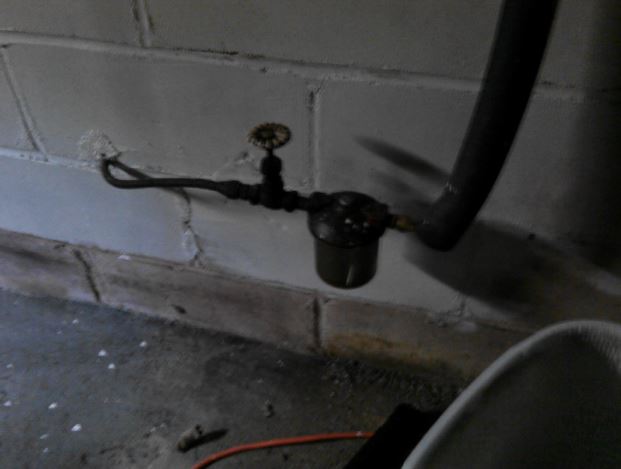Are you buying or selling a home with a buried oil tank? It’s important to understand some facts about buried oil tanks, or underground storage tanks (USTs), and to understand how to best navigate this issue. It is presently legal to sell a home with a buried oil tank, but there are government testing requirements and certain liability issues that may be involved.
The EPA articles, What Is The History Of The Federal Underground Storage Tank Program & Federal Underground Tank Regulations, a post by the NYS DEC, Underground Heating Oil Tanks: A Homeowner’s Guide, and a website by Practical Environmental Solutions, P.C. outline some facts about buried oil tanks:
1. Until the mid-1980s most underground storage tanks (USTs) were made of bare steel, which is likely to corrode over time and allow UST contents to leak into the environment.
2. Most homes built before 1975 used an underground tank to store heating oil.
3. 88% of all (buried) heating oil tanks have leaked causing contamination levels that require cleanup to comply with State and Federal laws.
4. 12% of all heating oil tanks have leaked significantly that fuel is measured floating on top of the water table.
5. Odds are an underground tank 10 or 15 years old is probably not leaking, but the likelihood of a leak increases as the tank gets older.
6. Many oil tanks were not designed to be buried and, if left in place, will eventually rust and leak.
7. If you notice an unexplainable increase in your home heating oil use, your tank may be leaking.
8. Home buyers may become legally responsible for the tank and for the contamination.
9. Home Sellers are not necessarily released from tank responsibility and cleanup liability by selling the property.
10. There are numerous signs at a house and yard that indicate the possible presence of a buried oil tank.
11. In 1988, EPA passed federal UST regulations (40 CFR 280 and 281) laying out a comprehensive program for the monitoring and upgrading of USTs in the Nation.
12. Tanks were required to be upgraded by December 22, 1998 to satisfy leak detection and corrosion protection requirements.
13. Buried tanks must have some form of leak detection such as annual tightness testing.
14. To avoid leaks and regular testing requirements, a buried oil tank should either be professionally removed or properly decommissioned with an official certificate of abandonment.
15. Site assessments must be performed when a tank is permanently taken out of service.
Links:
http://www.dec.ny.gov/chemical/32263.html
http://www.oil-tank.com/genInfo-tankconcern.html
http://www.epa.gov/oust/faqs/genesis1.html
http://inspectapedia.com/oiltanks/Buried_Oil_Tank_Location4.html
http://www.dec.ny.gov/chemical/2646.html
Tags: when were oil tanks buried in yards?, when oil tanks not buried? how deep are oil tanks buried? What are laws about buried oil tanks? Facts about buried oil tanks, environmental safety and USTs, liability and buried oil tanks, NY State laws about buried oil tanks

